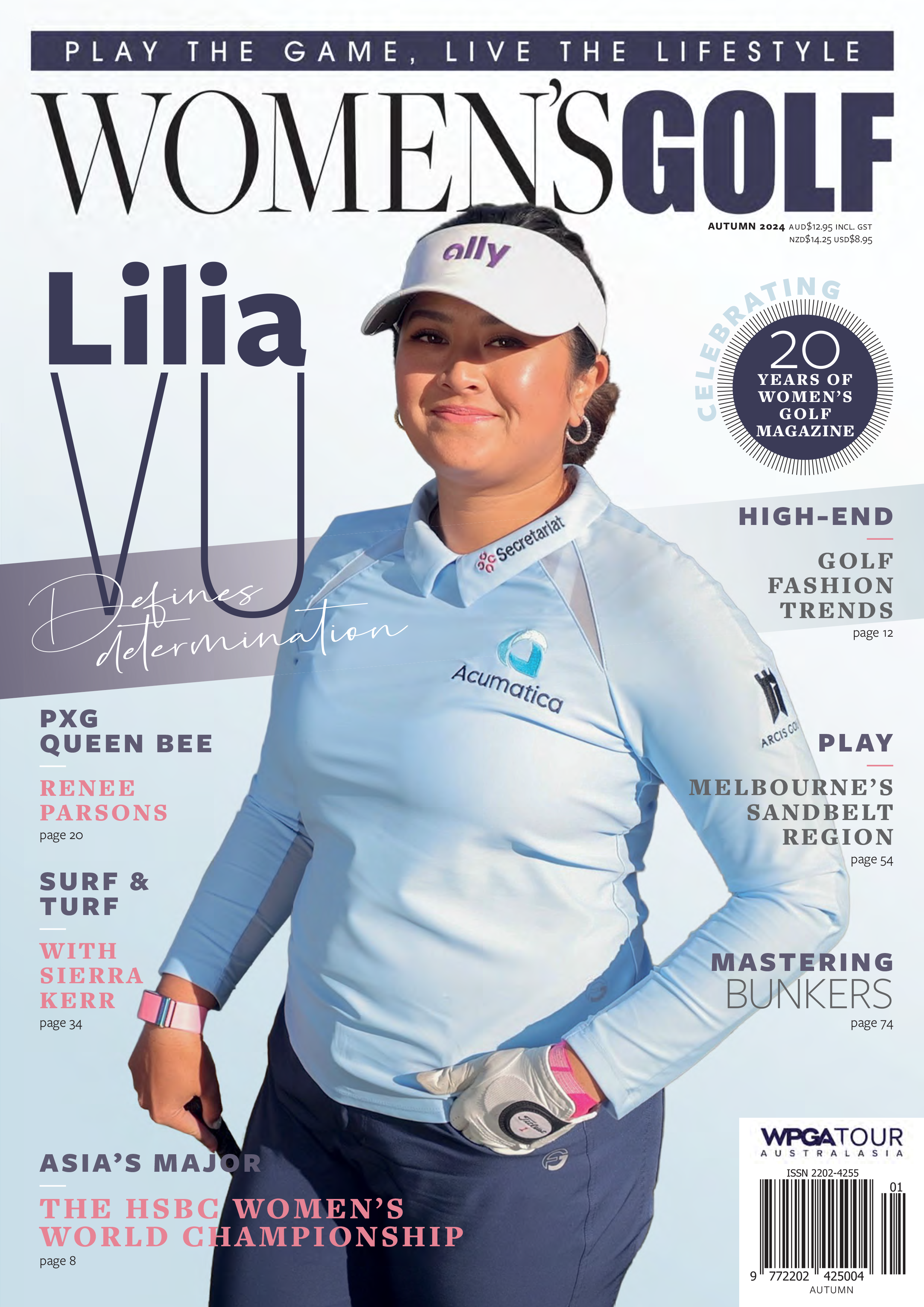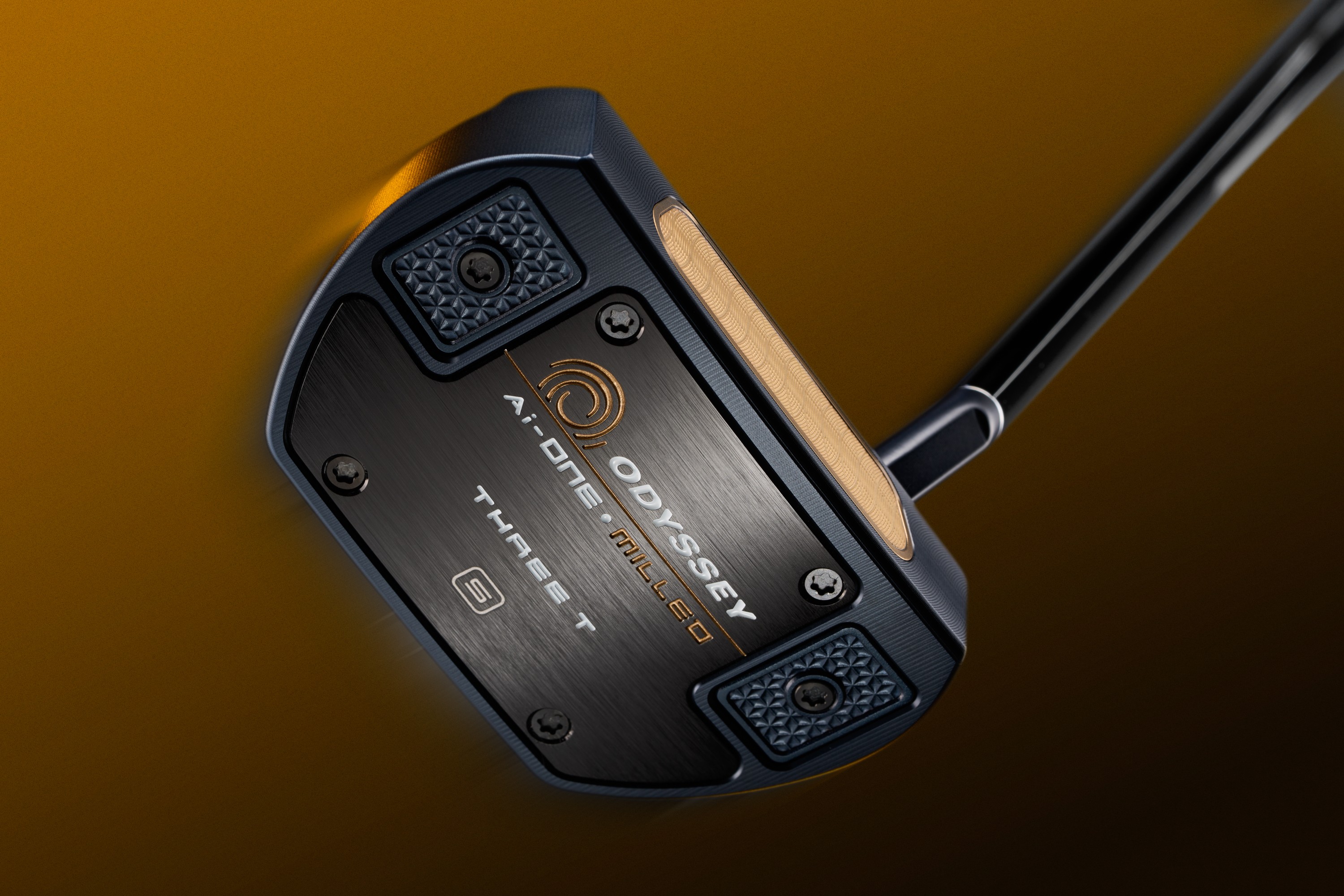CATEGORIES
- Latest News
- Interviews
- Golf Travel
- Features
- Juniors
- Competition
- Events
- Health
- Equipment
- Fashion
- Archive
INFORMATION
CURRENT ISSUE

SUBSCRIPTIONS




25 years ago, there was only a handful of putters available on the market, while nowadays, golf shops can stock hundreds of different types! That’s a lot of choice. Fact: your putter is one of the most important clubs in your bag because it is used more than any other club. So, which putter is the right one for you? In this article, I’ll break down some of the essential elements of putter design and hopefully, you will come away with new-found knowledge on the topic.
There are three main types of putters, each designed with specific features to suit different putting styles and preferences:
Blade putters are the oldest type of putter and traditional classic shape. The head is usually flat and narrow, resembling a blade, hence the name. Blade putters often have a slight toe hang, which means the toe of the putter head hangs down slightly when balanced on a player's finger. This design promotes a slight arc in the putting stroke.
Mallet putters have a larger and more complex head shape compared to blade putters. There are many different shapes and sizes, with many of them having lines or dots which are there to help with alignment. Being a bulkier type of design, they usually come with more weight towards the back part of the head to increase forgiveness. Mallet putters come in different balance types, including face-balanced and toe-balanced. Face-balanced mallets are designed for a straight-back, straight-through putting stroke, while toe-balanced mallets suit players with a slight arc in their stroke.
Also known as heel-toe weighted putters, peripheral weighted putters have more weights located around the perimeter of the putter head, mainly on the heel and toe areas to help with balance. They are often toe-balanced, meaning the toe of the putter hangs down and is suitable for players with an arc in their putting stroke. They are a popular choice because they have the stability and forgiveness.
When choosing a putter, it's essential to consider your putting stroke, personal preferences for the look, and the type of feel you are looking for on the greens. It's important to try different putters to find the one that suits you. As well as the type of putter, the length of the putter, the weight of the putter, the head design and the grip must be considered.
The hosel on the putter is also important. The hosel is the end of the shaft, where it joins to the putter head. When you look at putters, there is normally the same head shape with different types of hosels, called single bend, short slant, double bend and offset. These hosel types change the way the putter head sits on the ground so make sure you try different types of hosels to see which one suits the way you address the ball.
Callaway has just released a new series of Ai-One
Milled putters and Ai-One putters.
Ai stands for artificial intelligence and this computer-generated intelligence was used in their market-leading driver released earlier this
year. Called the Paradym, it was used by John Rahm.

There are 5 Ai-One models which retail for around $499. Another 8 models in the Ai-One milled putters range retail for approx. $799. All of these putters aim to make speed control so much easier. Odyssey has cleverly made the club much more forgiving by making the speed off the face consistent regardless of where the ball makes contact.
The Ai-One putter range has an insert which has been designed using artificial intelligence. This has created contours on the aluminium backer of the insert and is co-moulded to the white-hot urethane striking surface to promote consistent ball speed across the whole of the face.

The Ai-One milled putters have an all-titanium milled face with cross-cuts for speed, feel and sound. Speed control is one of the most important attributes to putting.
Taylormade has also just released a new range of putters. One of their most popular models is the Spider family. Most of these putters are peripheral weighted putters but they do come in various models with different hosels.
As you can see from this Spider Tour putter there are weights right at the back of the head and it also contains a big, long black line to aid with alignment. It is stable, consistent and very forgiving.


“Your putter is one of the most important clubs in your bag because it is used more than any other club”
To find the best putter for you, pop into a Drummond Golf store or your local pro shop to try
out different putters and get a feel for what you like.
Words: Jacqui Brownson